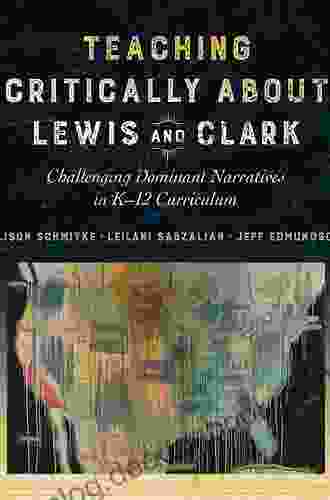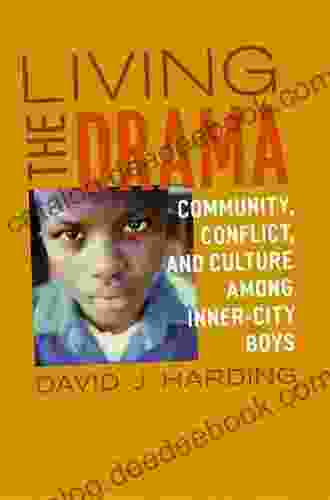Teaching Critically About Lewis and Clark: Uncovering the Complexities of American History

The legendary Lewis and Clark expedition has long been celebrated as a triumph of American exploration and westward expansion. However, a critical examination of their journey reveals a more complex and nuanced narrative that challenges traditional accounts. By teaching critically about Lewis and Clark, educators can foster a deeper understanding of American history, its impact on Native American tribes, and the environmental consequences of westward expansion.
The Impact on Native American Tribes
The Lewis and Clark expedition had a profound impact on the Native American tribes they encountered. The expedition introduced new diseases, disrupted traditional trade routes, and altered the political landscape of the region. Some tribes, such as the Mandan and Hidatsa, welcomed the explorers and provided them with vital assistance. Others, such as the Lakota and Cheyenne, viewed them with suspicion and resisted their advance.
4.6 out of 5
| Language | : | English |
| File size | : | 23799 KB |
| Text-to-Speech | : | Enabled |
| Enhanced typesetting | : | Enabled |
| Word Wise | : | Enabled |
| Print length | : | 209 pages |
| Paperback | : | 198 pages |
| Item Weight | : | 1.04 pounds |
| Dimensions | : | 8.5 x 0.45 x 11 inches |
| Screen Reader | : | Supported |
The expedition also played a role in the eventual displacement and dispossession of Native American tribes. The explorers' accounts of the vast, unoccupied lands west of the Mississippi River fueled the desire for westward expansion, which ultimately led to the forced removal of Native Americans from their traditional homelands.
The Environmental Impact
The Lewis and Clark expedition also had a significant impact on the environment. The explorers introduced new species of plants and animals to the region, some of which became invasive and disrupted the delicate balance of ecosystems. They also hunted and fished for their own sustenance, which depleted wildlife populations.
In addition, the expedition's passage through the Rocky Mountains left a lasting mark on the landscape. The explorers carved their names into trees, built campfires, and disturbed the fragile alpine terrain. These actions contributed to the degradation of the environment and diminished its pristine beauty.
Challenging Traditional Accounts
Traditional accounts of the Lewis and Clark expedition often portray them as heroic explorers who brought civilization to the wilderness. However, a critical examination of their journey reveals a more complex and nuanced narrative. By examining the impact of their expedition on Native American tribes and the environment, we can gain a deeper understanding of the complexities of American history.
Teaching critically about Lewis and Clark involves challenging traditional narratives and exploring multiple perspectives. Students should be encouraged to consider the expedition from the perspectives of Native Americans, environmentalists, and historians. By ng so, they can develop a more informed and critical understanding of this important chapter in American history.
Educational Resources
There are a number of educational resources available to help teachers teach critically about Lewis and Clark. These resources include lesson plans, primary source documents, and interactive simulations.
- The National Council for the Social Studies offers a lesson plan on the Lewis and Clark expedition that explores the impact of the expedition on Native American tribes.
- The Library of Congress has a collection of primary source documents related to the Lewis and Clark expedition.
- The National Geographic Society offers an interactive simulation of the Lewis and Clark expedition.
Teaching critically about Lewis and Clark is essential for fostering a deeper understanding of American history and its enduring consequences. By examining the impact of their expedition on Native American tribes, the environment, and the formation of the United States, we can challenge traditional narratives and gain a more nuanced understanding of this important chapter in American history.
4.6 out of 5
| Language | : | English |
| File size | : | 23799 KB |
| Text-to-Speech | : | Enabled |
| Enhanced typesetting | : | Enabled |
| Word Wise | : | Enabled |
| Print length | : | 209 pages |
| Paperback | : | 198 pages |
| Item Weight | : | 1.04 pounds |
| Dimensions | : | 8.5 x 0.45 x 11 inches |
| Screen Reader | : | Supported |
Do you want to contribute by writing guest posts on this blog?
Please contact us and send us a resume of previous articles that you have written.
 Page
Page Chapter
Chapter Story
Story Genre
Genre Reader
Reader Library
Library E-book
E-book Magazine
Magazine Paragraph
Paragraph Bookmark
Bookmark Shelf
Shelf Bibliography
Bibliography Foreword
Foreword Preface
Preface Synopsis
Synopsis Footnote
Footnote Manuscript
Manuscript Scroll
Scroll Codex
Codex Tome
Tome Bestseller
Bestseller Biography
Biography Autobiography
Autobiography Memoir
Memoir Reference
Reference Encyclopedia
Encyclopedia Thesaurus
Thesaurus Resolution
Resolution Borrowing
Borrowing Stacks
Stacks Study
Study Research
Research Scholarly
Scholarly Reading Room
Reading Room Rare Books
Rare Books Literacy
Literacy Storytelling
Storytelling Reading List
Reading List Book Club
Book Club Theory
Theory James Ronald Kennedy
James Ronald Kennedy Lindsay Greatwood
Lindsay Greatwood Roland Burke
Roland Burke Kadeija Bond
Kadeija Bond Stephanie S Tolan
Stephanie S Tolan Ashley Antoinette
Ashley Antoinette Howard Whitehouse
Howard Whitehouse Khalid Raheem
Khalid Raheem Mohan Sarma
Mohan Sarma Peter Eijgenhuijsen
Peter Eijgenhuijsen Ed L Scott
Ed L Scott Krissi Barr
Krissi Barr Amanda Laoupi
Amanda Laoupi Michael J Bruton
Michael J Bruton G Cardone
G Cardone Kristen Dabrowski
Kristen Dabrowski Willa Cather
Willa Cather Alan Dershowitz
Alan Dershowitz M Lynn
M Lynn Duane Hamacher
Duane Hamacher
Light bulbAdvertise smarter! Our strategic ad space ensures maximum exposure. Reserve your spot today!

 Theodore MitchellBosch Automotive Electrics and Automotive Electronics: Shaping the Future of...
Theodore MitchellBosch Automotive Electrics and Automotive Electronics: Shaping the Future of...
 Jeffrey CoxBorderland State Building Between China and Southeast Asia: A Comprehensive...
Jeffrey CoxBorderland State Building Between China and Southeast Asia: A Comprehensive...
 Julio CortázarLost Lady Vintage Classics: A Timeless Odyssey into the Heart of Vintage...
Julio CortázarLost Lady Vintage Classics: A Timeless Odyssey into the Heart of Vintage... Isaias BlairFollow ·12.7k
Isaias BlairFollow ·12.7k Evan SimmonsFollow ·5.5k
Evan SimmonsFollow ·5.5k Adam HayesFollow ·17.5k
Adam HayesFollow ·17.5k Devon MitchellFollow ·17.3k
Devon MitchellFollow ·17.3k Gustavo CoxFollow ·16.4k
Gustavo CoxFollow ·16.4k Rod WardFollow ·15.3k
Rod WardFollow ·15.3k José SaramagoFollow ·10.7k
José SaramagoFollow ·10.7k Emilio CoxFollow ·12.5k
Emilio CoxFollow ·12.5k
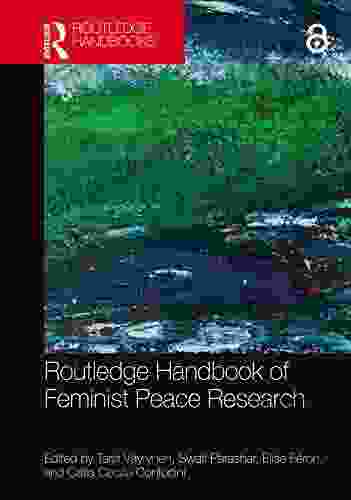
 Hayden Mitchell
Hayden MitchellThe Routledge Handbook of Feminist Peace Research: A...
The Routledge...
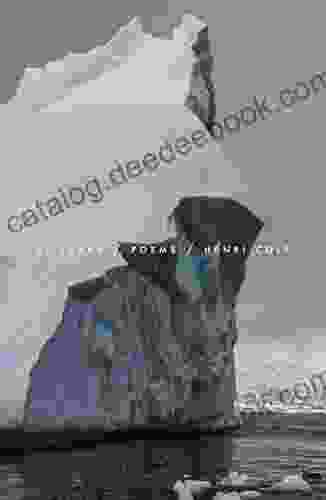
 Joe Simmons
Joe SimmonsUnveiling the Lyrical Mastery of Henri Cole's "Blizzard...
In the realm of...

 E.E. Cummings
E.E. CummingsEast End Hardman To Tv Star: The Unlikely Rise Of Danny...
Danny Dyer is one of the...
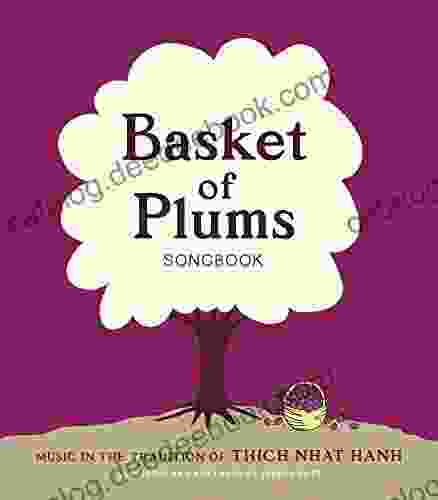
 Eli Brooks
Eli BrooksMusic in the Tradition of Thich Nhat Hanh: A Journey of...
In the heart of...
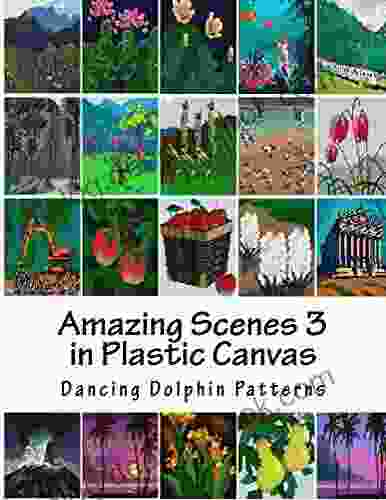
 Samuel Ward
Samuel WardAmazing Scenes in Plastic Canvas: Bringing Your...
Plastic canvas is a...

 E.E. Cummings
E.E. CummingsA Comprehensive Guide to Non-Jazz Improvisation for...
: Embracing the Art of...
4.6 out of 5
| Language | : | English |
| File size | : | 23799 KB |
| Text-to-Speech | : | Enabled |
| Enhanced typesetting | : | Enabled |
| Word Wise | : | Enabled |
| Print length | : | 209 pages |
| Paperback | : | 198 pages |
| Item Weight | : | 1.04 pounds |
| Dimensions | : | 8.5 x 0.45 x 11 inches |
| Screen Reader | : | Supported |


